“There’s a heightened awareness of the need for transmission,” Skelly said. “Even when you talk to a landowner and you tell them what you’re doing, they go, ‘Yeah, the grid; we got to fix that grid. We’ve got to make that grid better.’
In a recent article in industry trade publication RTO Insider, Skelly shares his fabulistic insights as he embarks on a new crusade to build a bunch of transmission that we don't want or need.... even though he didn't "win the World Cup of transmission" the last time he tried to do this.
Looks like the Cup is just as far out of reach as it ever was. Last week, the Public Utility Commission of Texas issued a preliminary order that it did not have the authority to issue a partial certificate for Skelly's new Pecos West transmission idea. Skelly had asked PUCT to issue a finding "that the public convenience and necessity requires, or will require, the proposed interconnection and that the proposed interconnection is in the public interest." PUCT Commissioner Jimmy Glotfelty (yes, THAT Jimmy Glotfelty) said he was really sorry he couldn't approve it. I'm sure he was. He may have just out-Skellied Skelly with that statement.
Remember when Clean Line asked Iowa and Illinois for similar findings at the beginning of the Rock Island Clean Line debacle? He was also turned down there. Turns out no state regulator may be interested in issuing a "Get your project preapproved" card. But that never stops Skelly from dreaming big unicorn dreams and tilting at windmills.
He's only just begun.
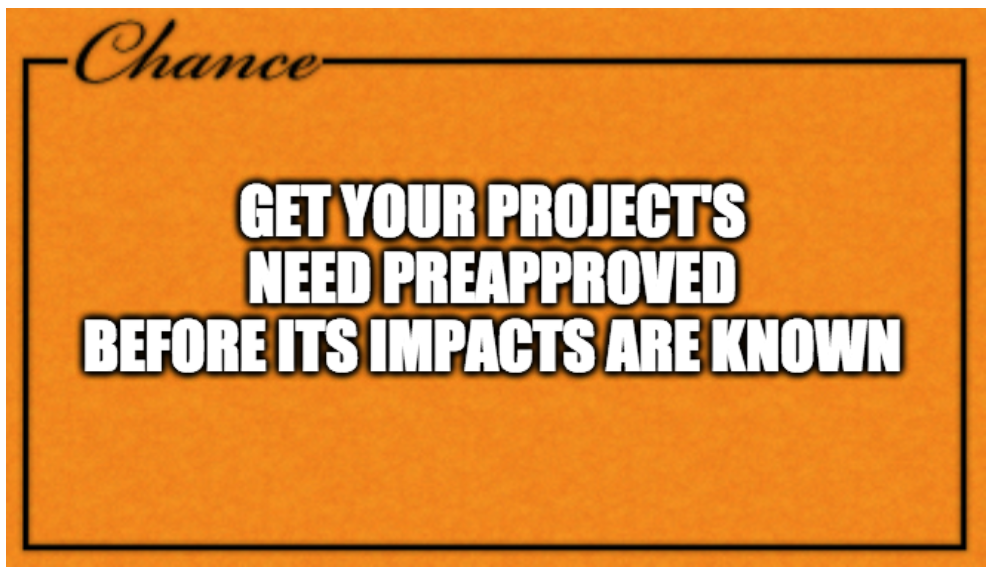
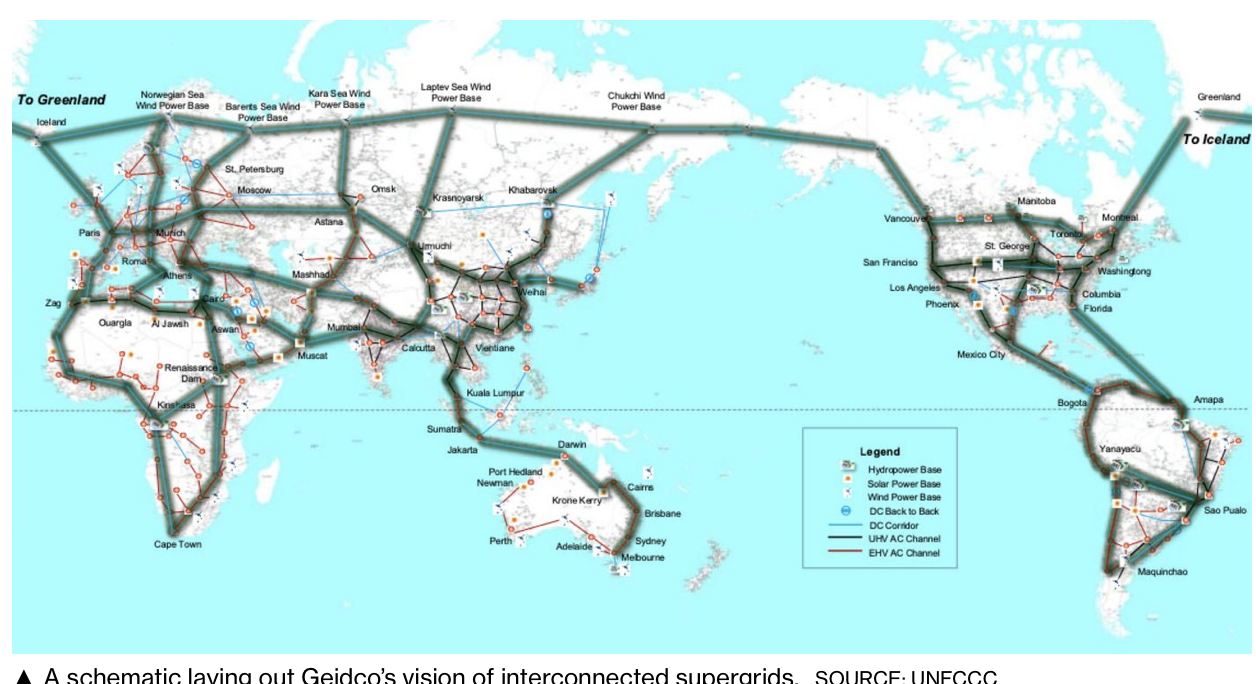
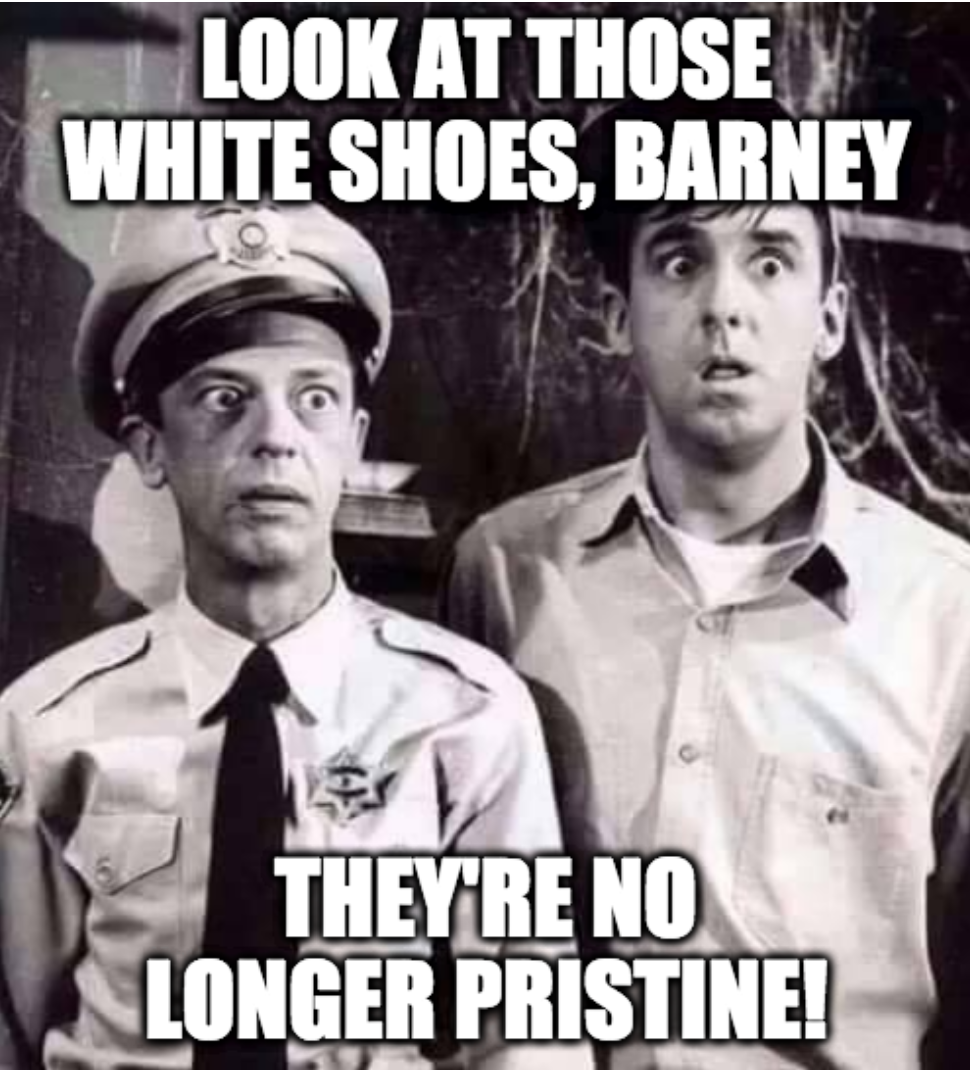
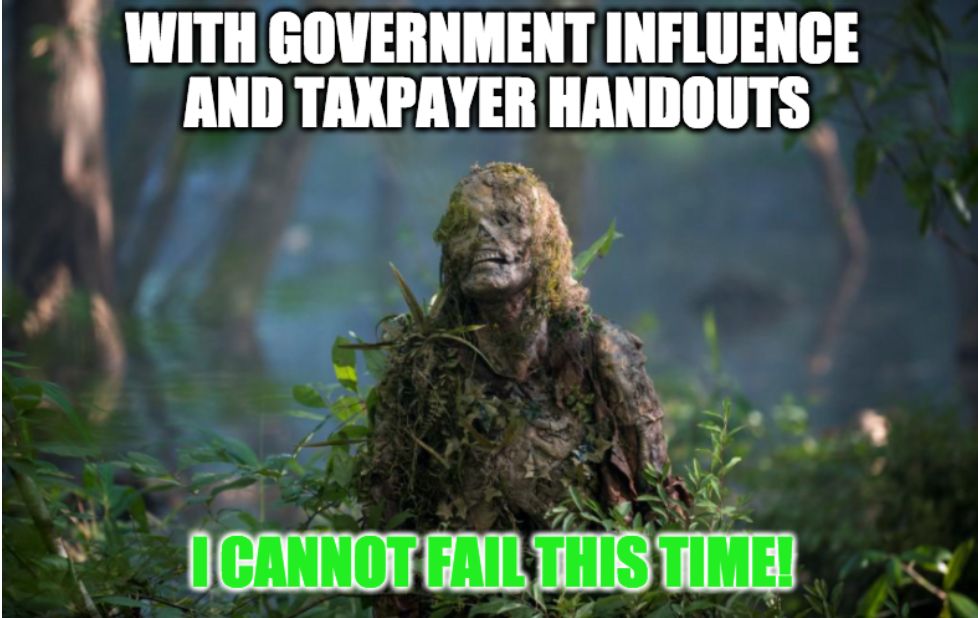
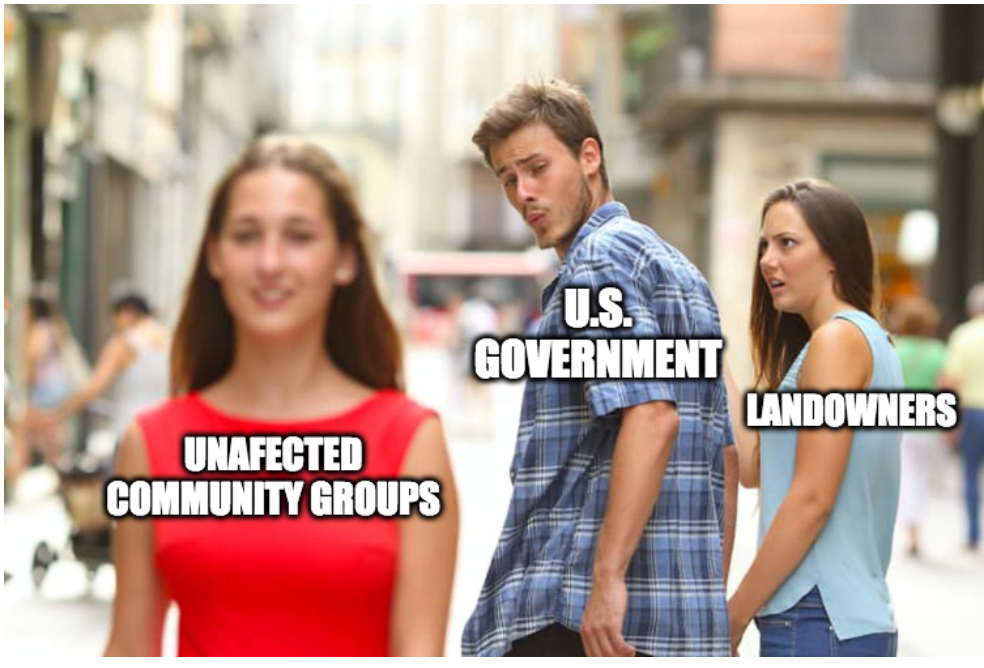
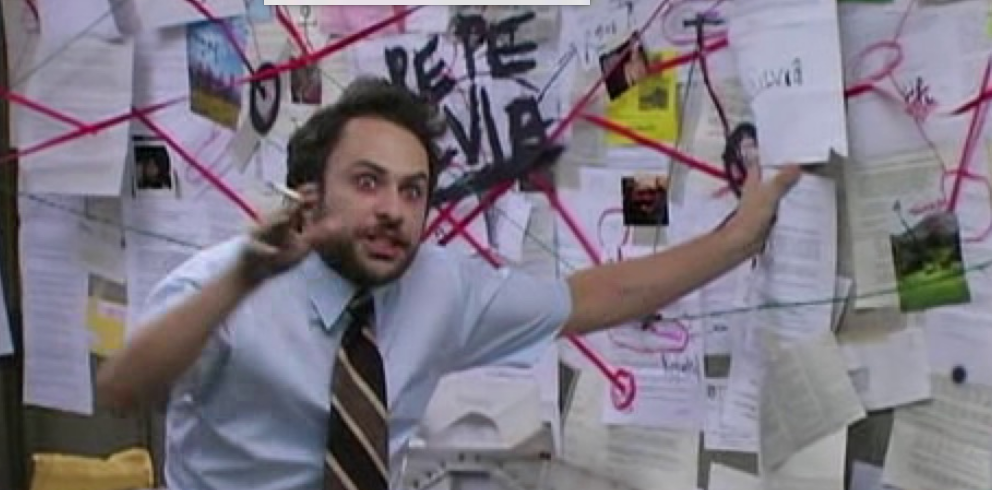
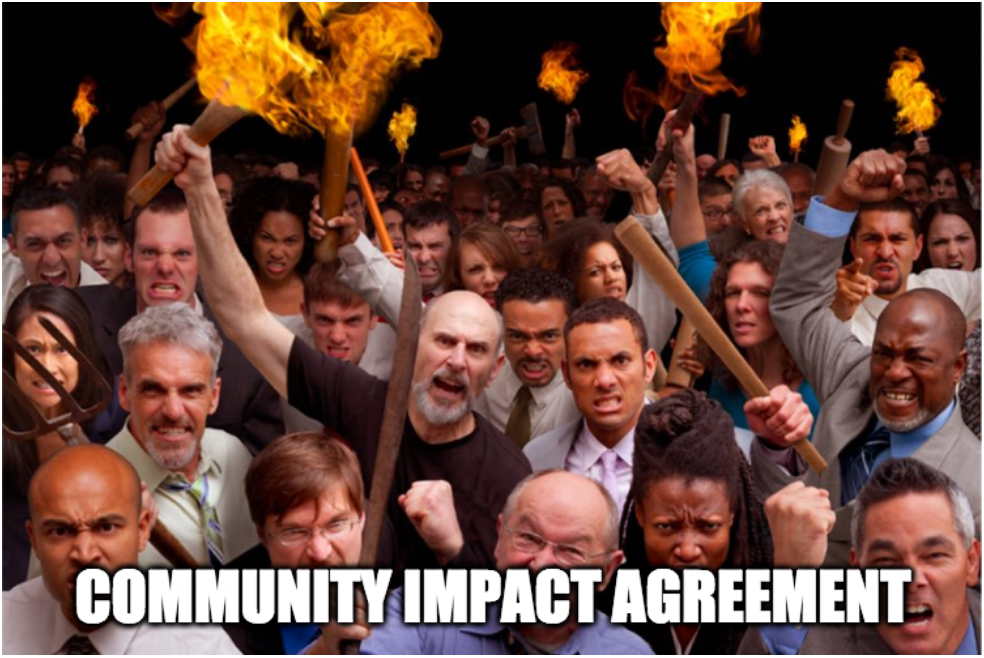

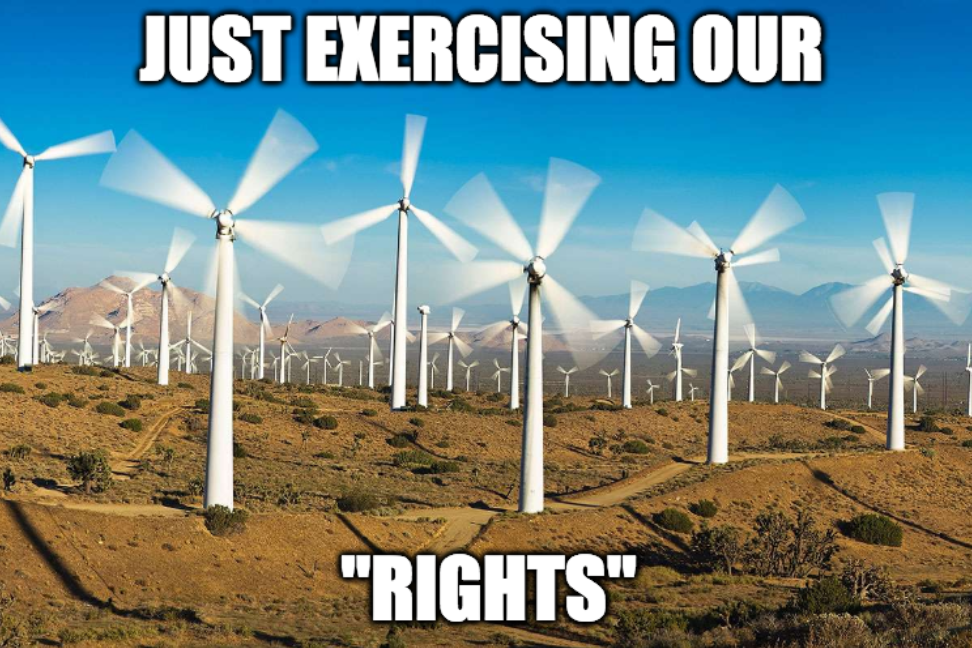

 RSS Feed
RSS Feed